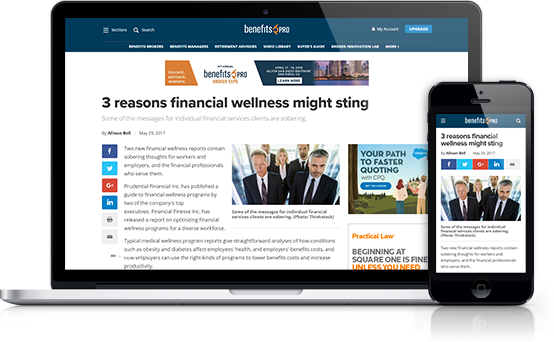 Especially with this new wave of digital transformation, benefits teams need a trusted advisor to help them architect a simple digital experience for their members and make clearer data-based decisions.
Especially with this new wave of digital transformation, benefits teams need a trusted advisor to help them architect a simple digital experience for their members and make clearer data-based decisions.
With the onset of the global pandemic, the digital transformation of health care moved into high gear for everyone. Now that most people are comfortable using technology in their health care journey and chances are even your grandparents have had at least one online interaction with a medical professional, how should savvy benefits leaders be looking to leverage these shifts to improve health outcomes for employees and their families and deliver even more value in spend for their company?
Continue Reading for Free
Register and gain access to:
- Breaking benefits news and analysis, on-site and via our newsletters and custom alerts
- Educational webcasts, white papers, and ebooks from industry thought leaders
- Critical converage of the property casualty insurance and financial advisory markets on our other ALM sites, PropertyCasualty360 and ThinkAdvisor
Already have an account? Sign In Now
© 2024 ALM Global, LLC, All Rights Reserved. Request academic re-use from www.copyright.com. All other uses, submit a request to [email protected]. For more information visit Asset & Logo Licensing.








